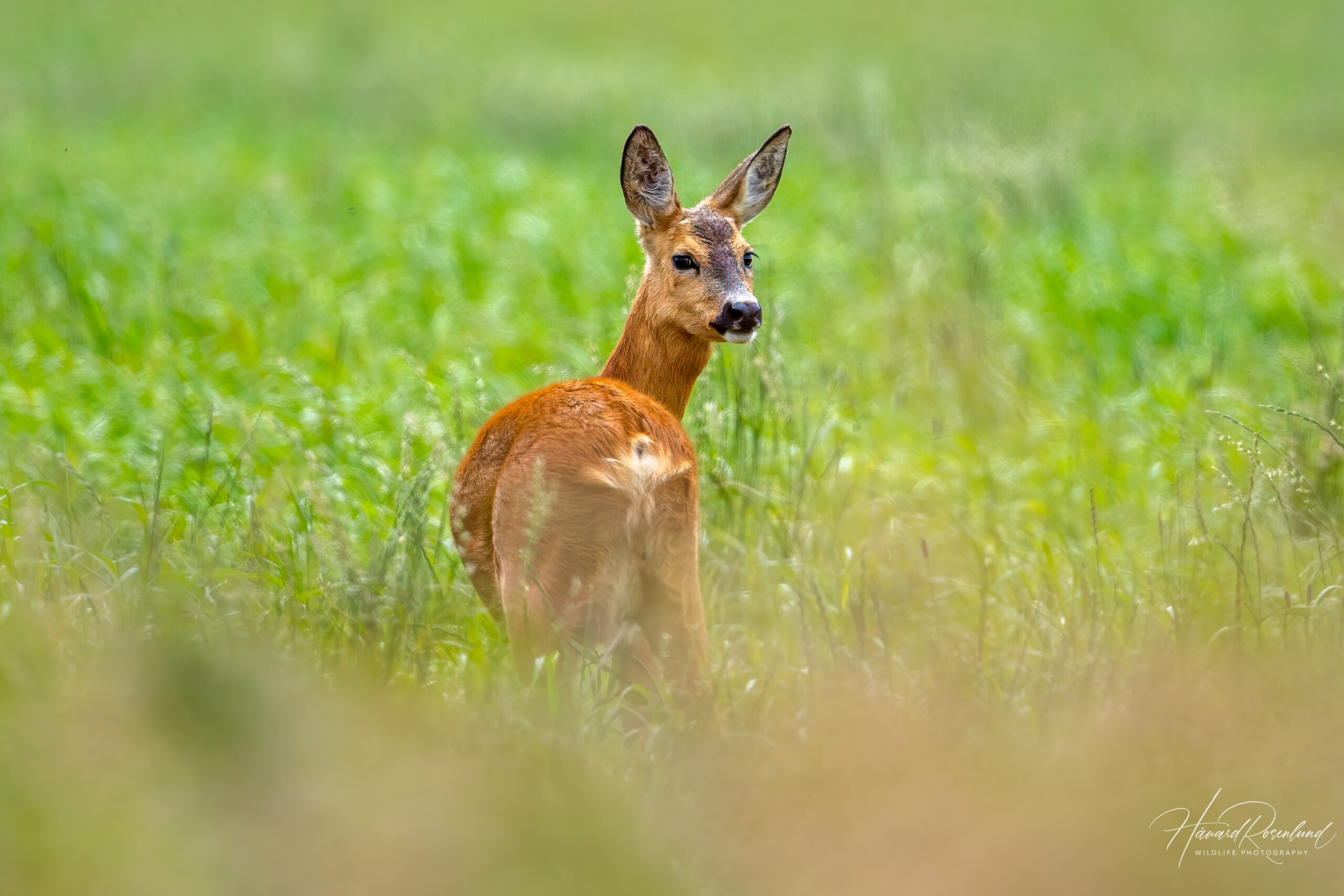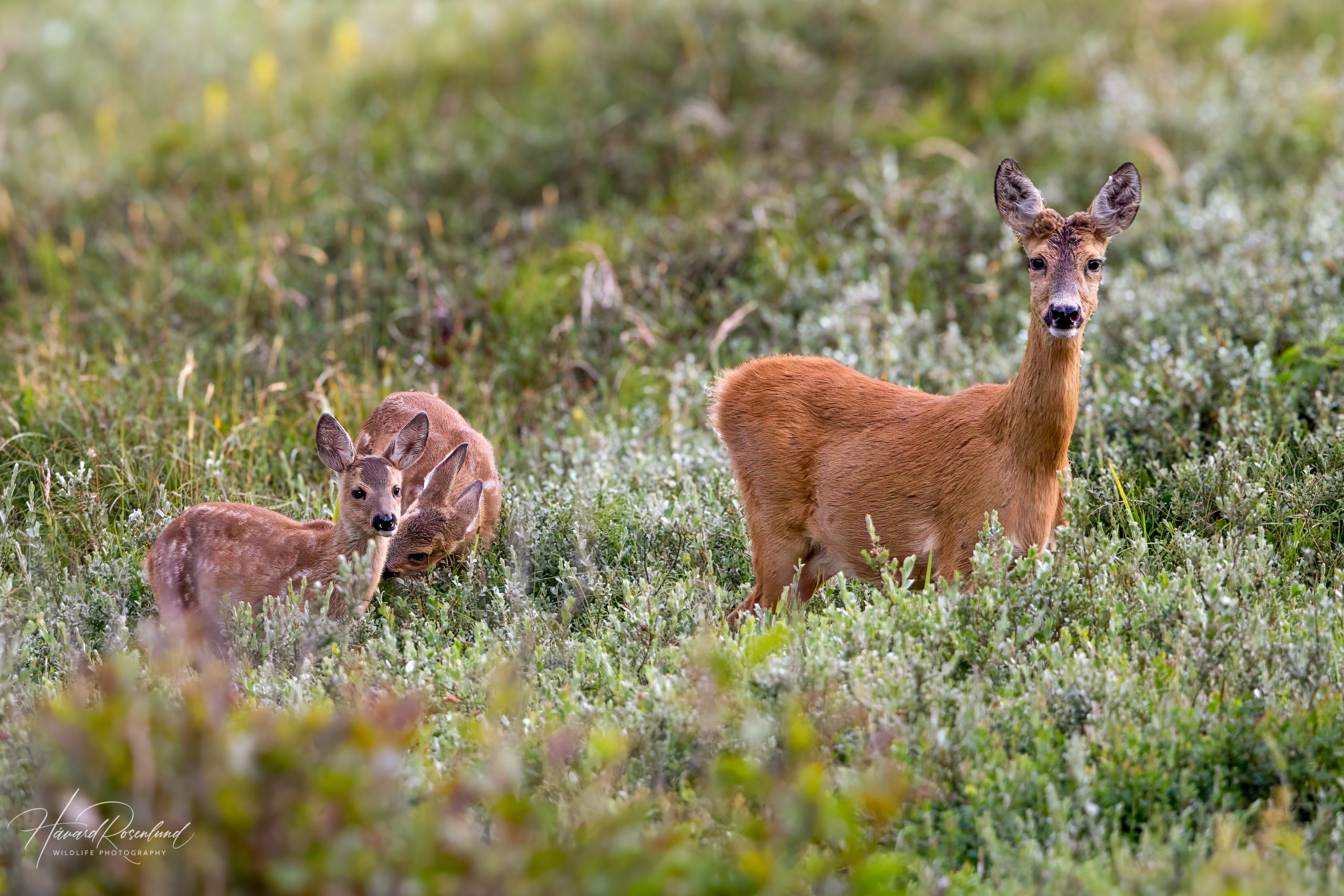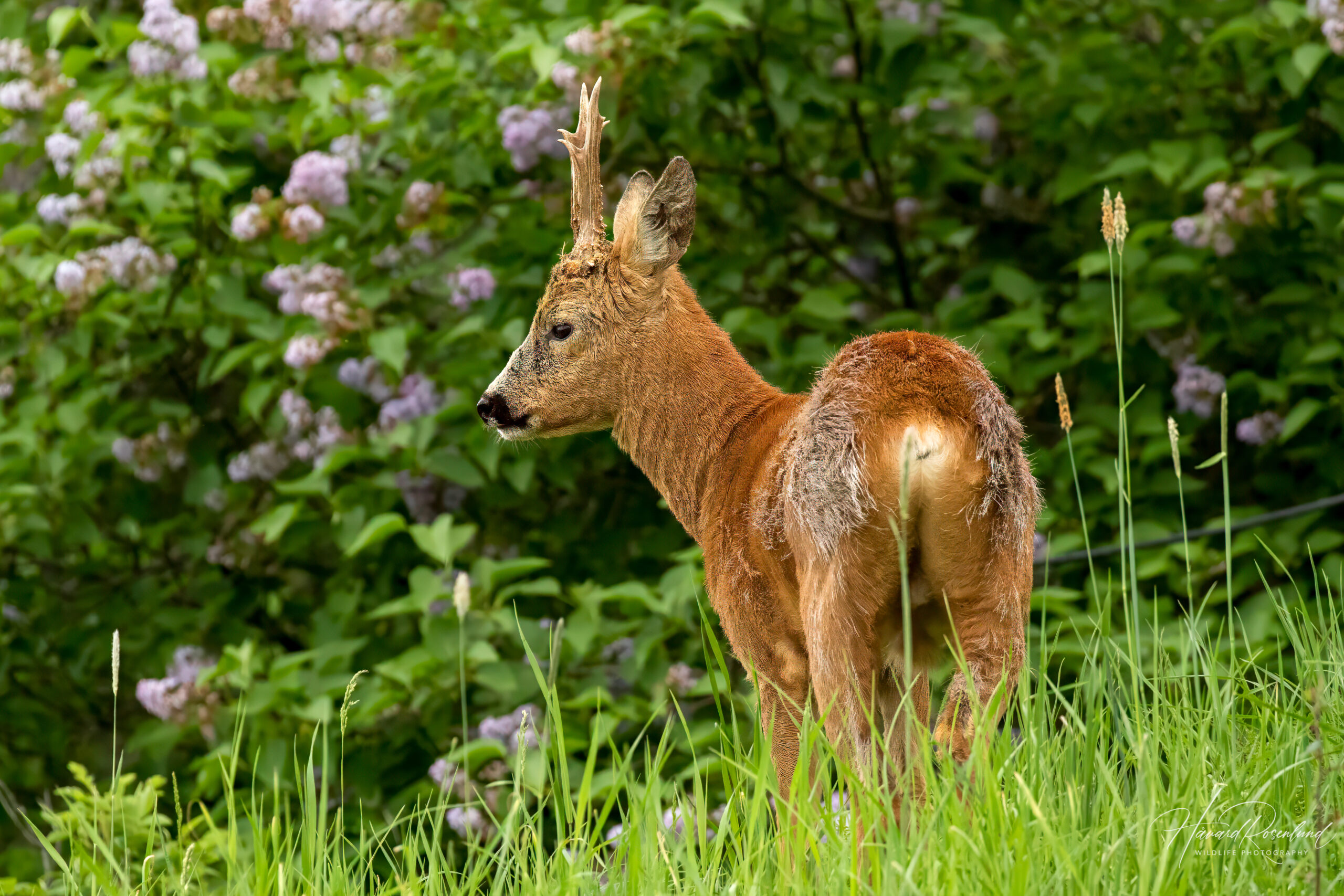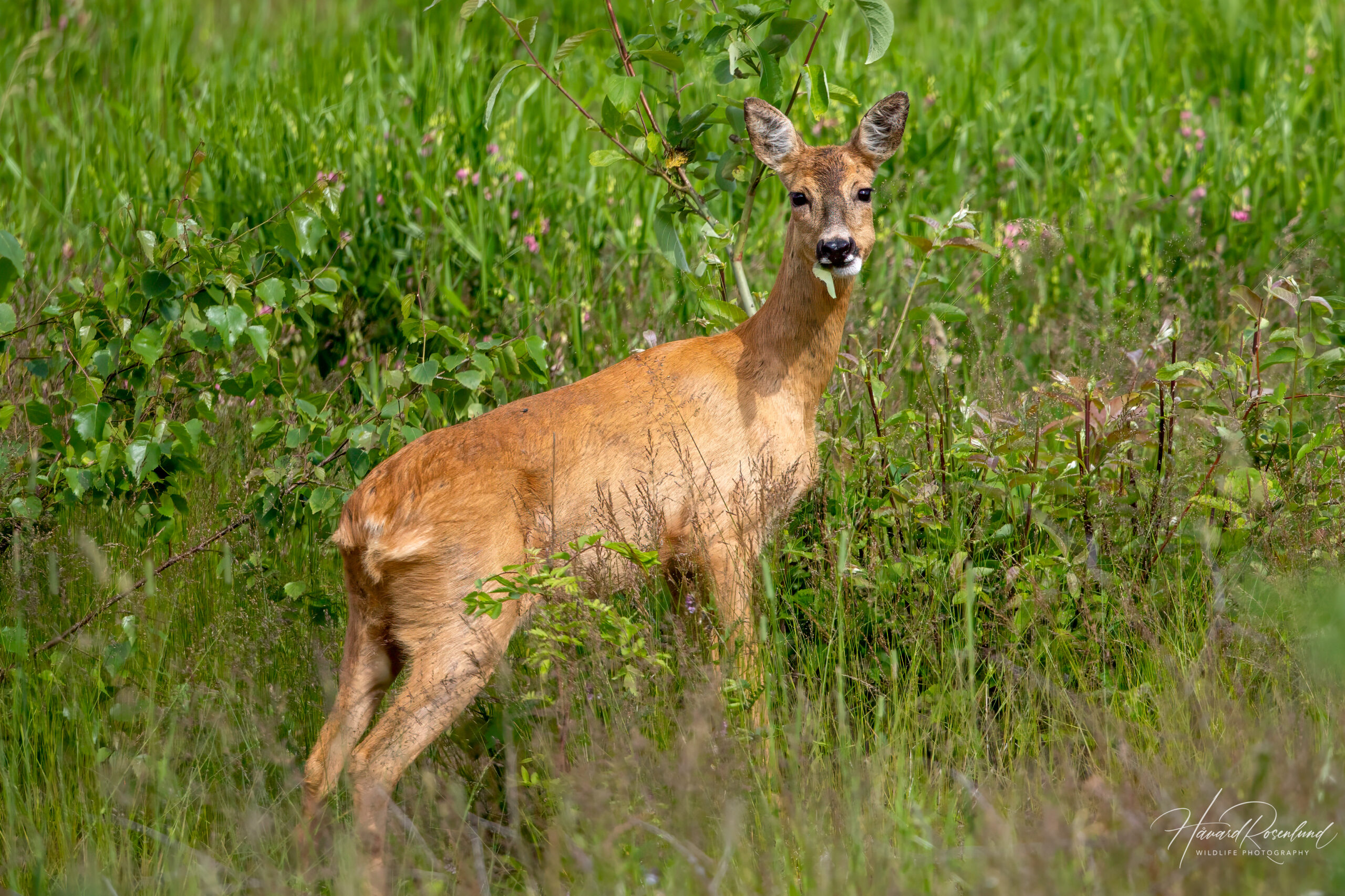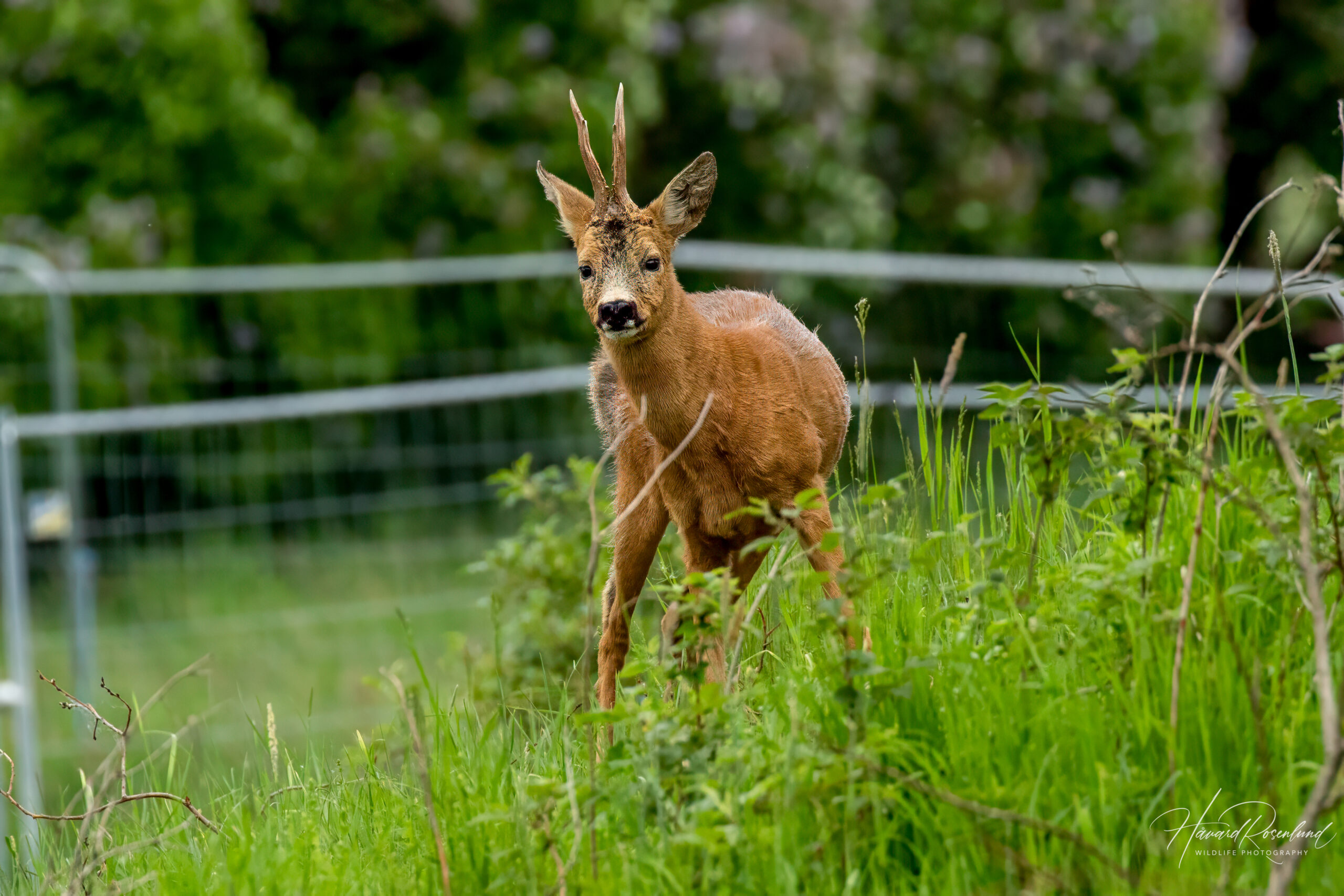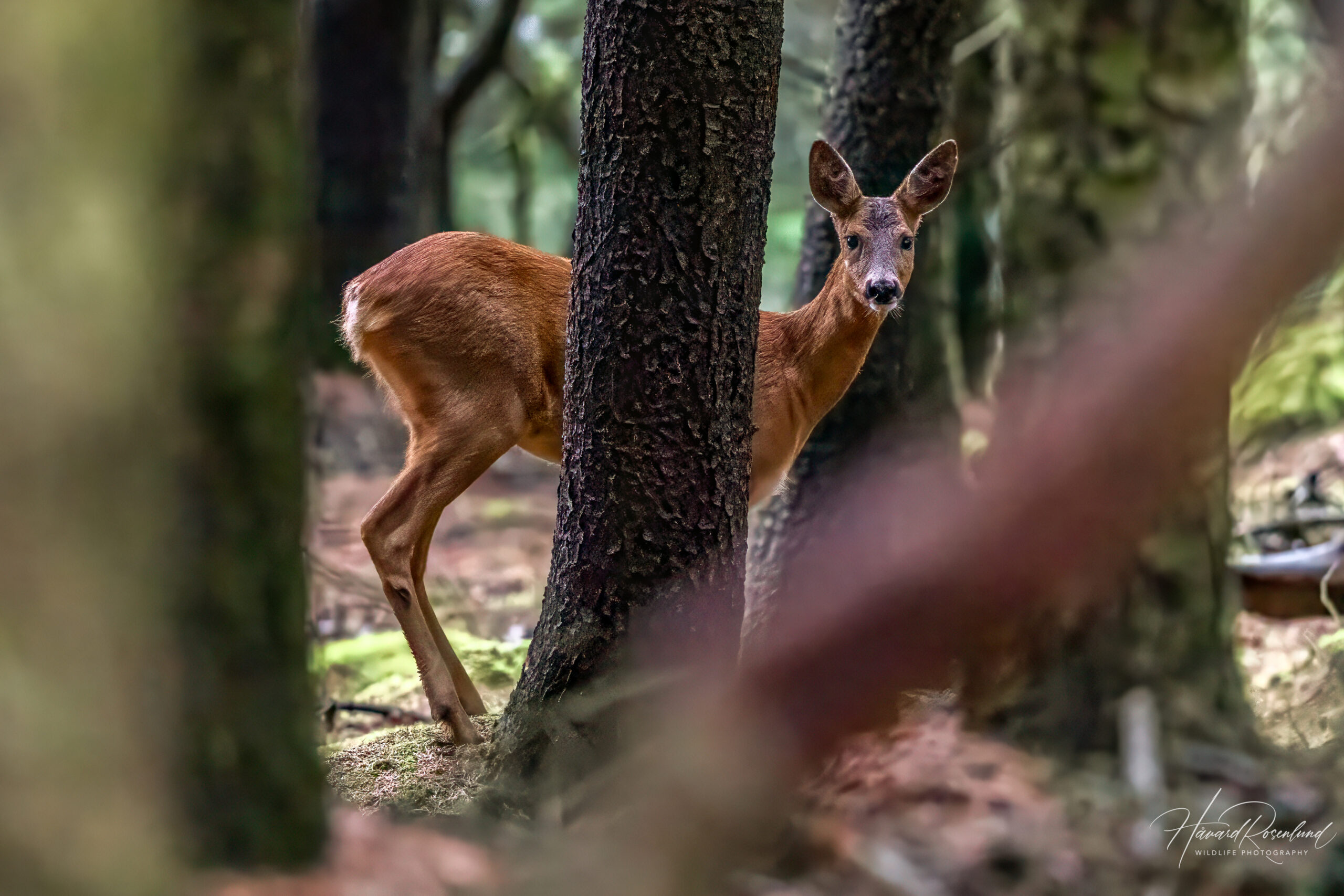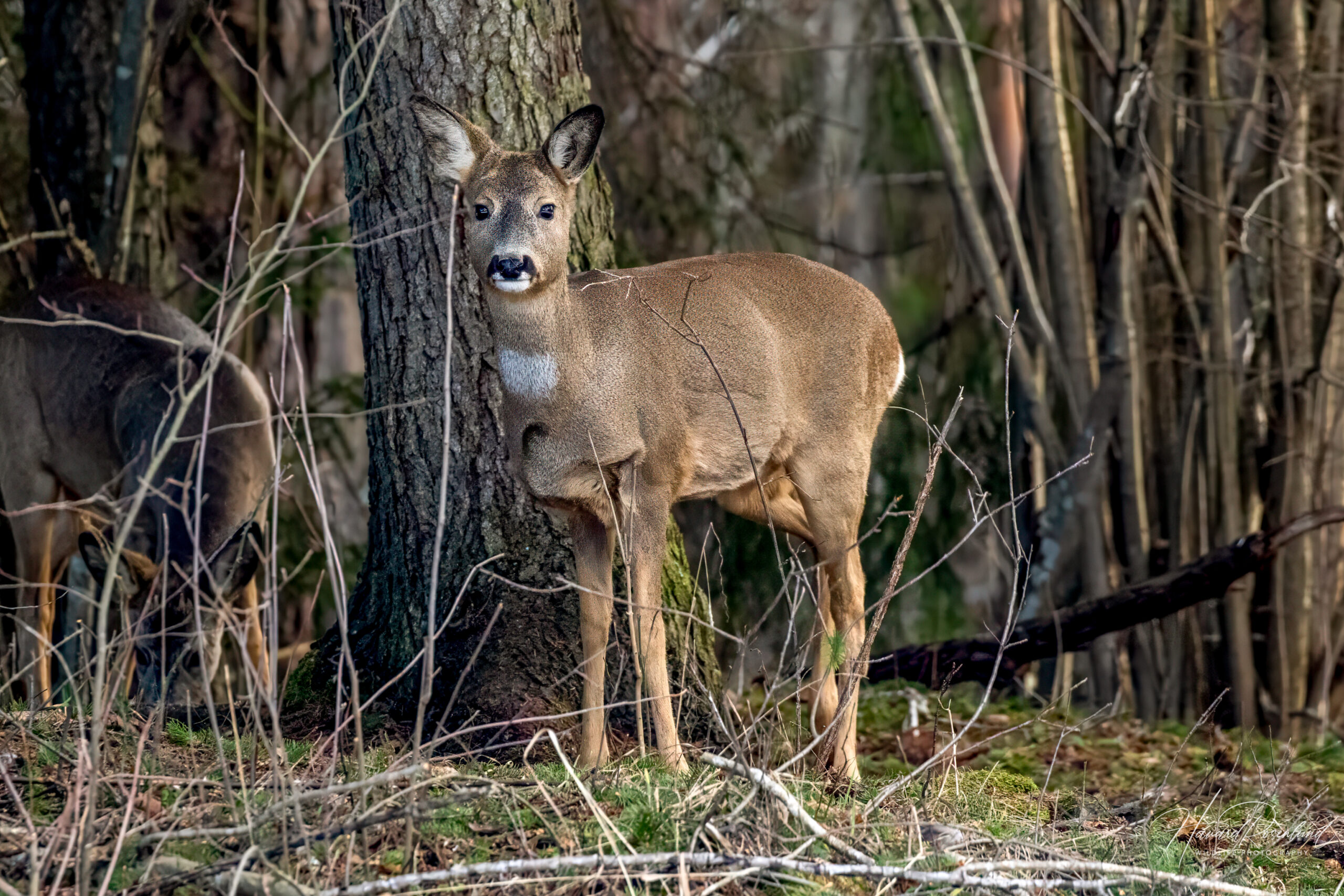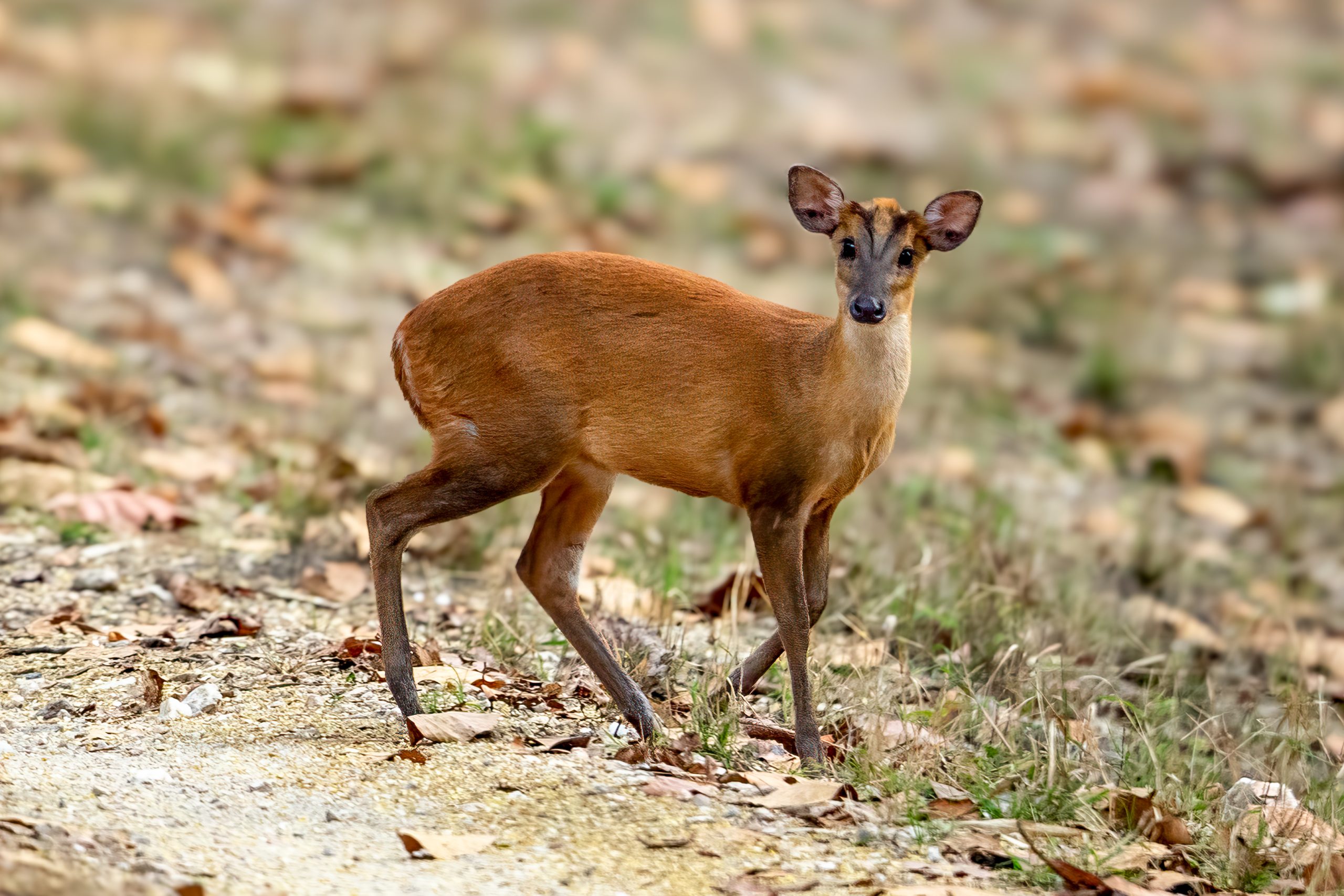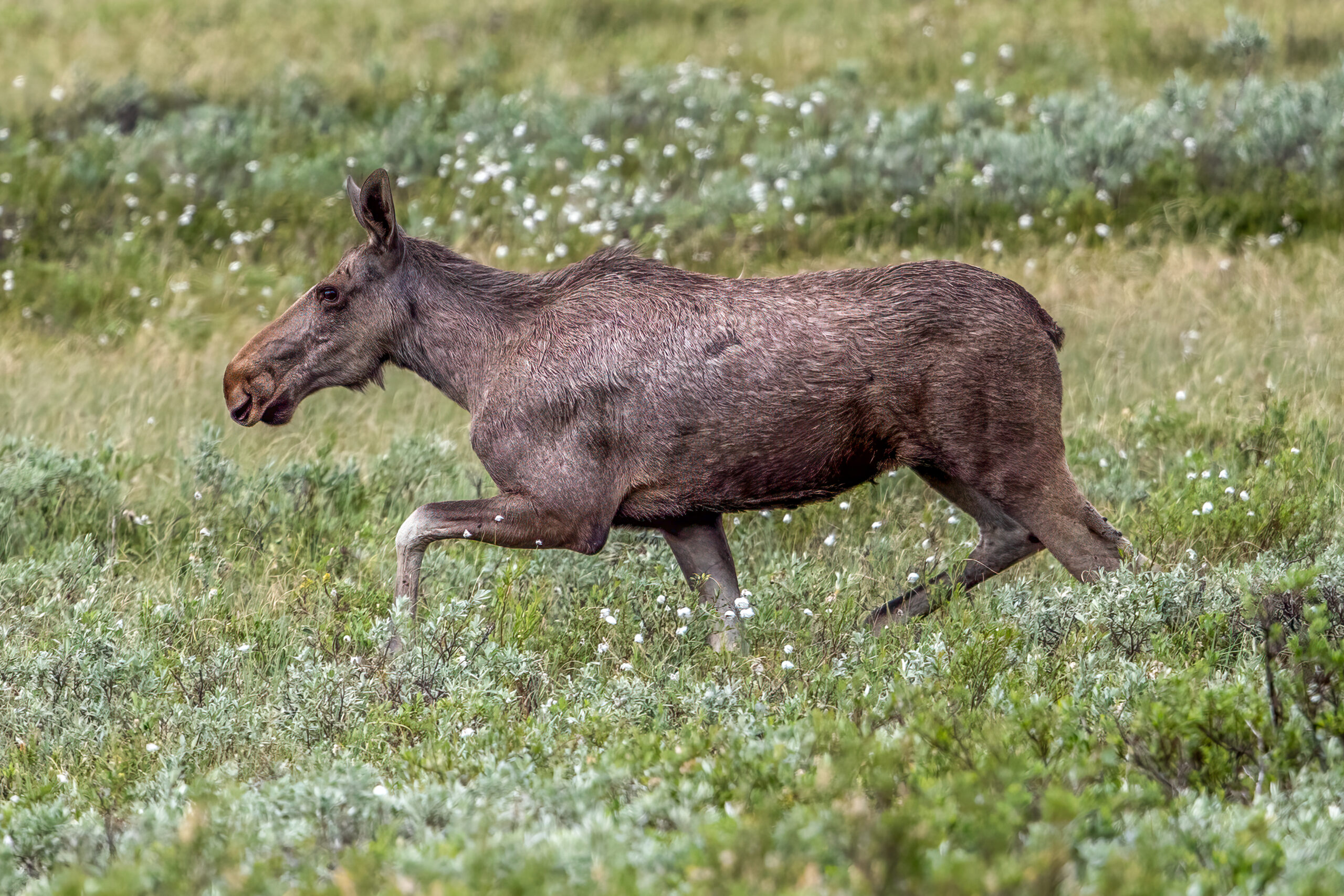Description
The European roe deer (Capreolus capreolus) is a small to medium-sized deer with a range that spans across Europe and into parts of western Asia. Adults stand up to 65-75 cm (25-30 in) at the shoulder and weigh 10-35 kg (22-77 lbs). Their coat changes color seasonally, from reddish-brown in the summer to thick, grey in the winter. Males (bucks) have short antlers that they shed annually. Roe deer often “bark” when alarmed, a sound that can be mistaken for a dog. This species is distinguishable from other deer species, like the larger red deer (Cervus elaphus), by its smaller size, black nose, shorter antlers, and the absence of a tail.
Diet & habitat
European roe deer is commonly found in mixed woodland, farmland, grassland, and forest edges. They prefer areas that offer both cover and open spaces. Roe deer are browsers with a diet consisting mainly of leaves, grasses, and shoots, with a particular preference for new growth. They are also known to feed in agricultural lands, which can bring them into conflict with farmers.
Behavior
The European roe deer is known for its solitary nature, except for mothers with fawns and during the mating season. They are primarily crepuscular, being most active during dawn and dusk. Their behavior changes seasonally; they are more territorial during the breeding season, with males displaying aggression towards rivals.
Reproduction
The breeding season, or rut, occurs from July to August. Males become more aggressive, defending territories and competing for females. After mating, the roe deer has a unique delayed implantation, where the fertilized egg does not implant and start developing until December or January. This adaptation ensures that fawns are born in the warmer months of May or June, following a gestation period of about 40 weeks.
Females usually give birth to one to three fawns. The young stay hidden from predators in vegetation. They are suckled for around three months, and may remain with the mother until she is ready to give birth to the next year’s offspring. This period allows the fawns to learn essential survival skills, including foraging for food and recognizing threats. Both sexes reach sexual maturity after about 14 months, although males seldom breed until they are three years old.
Status
The European roe deer has a wide range and a stable or increasing population in many areas. It is classified as least concern on the IUCN Red List. Their adaptability to different habitats, including those altered by humans, has contributed to their stable conservation status. However, they do face threats from habitat loss, road accidents, and hunting.





